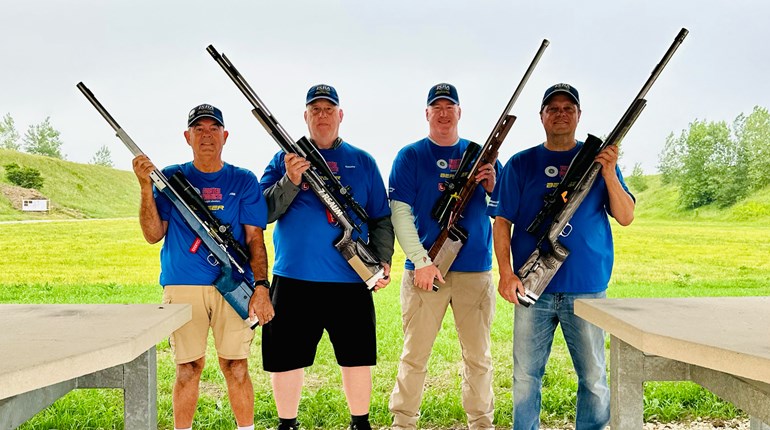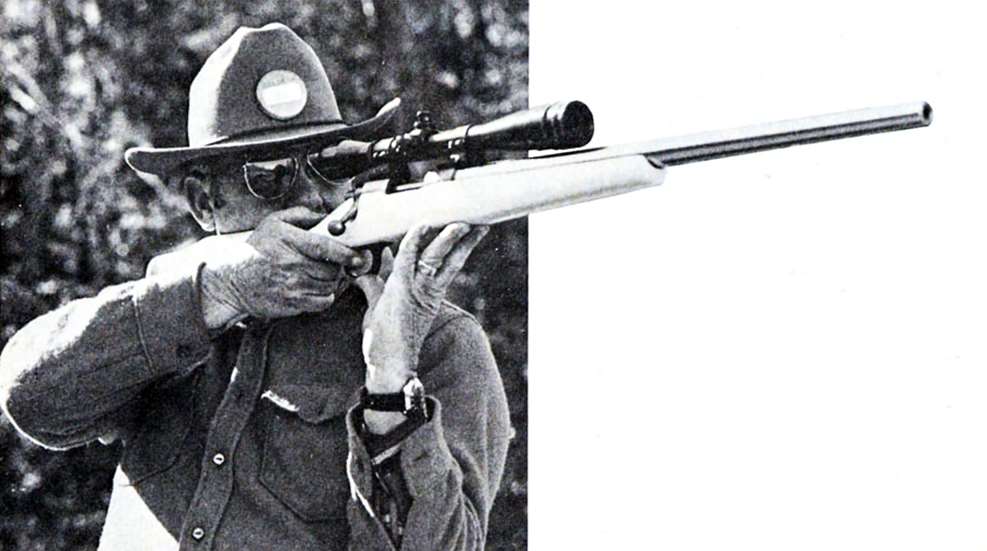
Read Part 1 of Jim Shults’ silhouette history series we published last month.
In 1987, I began thinking about a unique and extra-tough smallbore silhouette match. Working with the NRA, I designed a silhouette match where the targets were on a board-like fence 24 to 36 inches above the ground. There was no backing or berms close behind the targets so bullet splash on a missed shot would not help. And, no coaching was permitted. The shooter was on their own—what a concept! One had to have good zeroes during the warm-up and know what they were doing in the conditions of the match. Shooters came from nine states, including one from NRA headquarters in Washington, D.C. (which was the location of NRA HQ at the time).
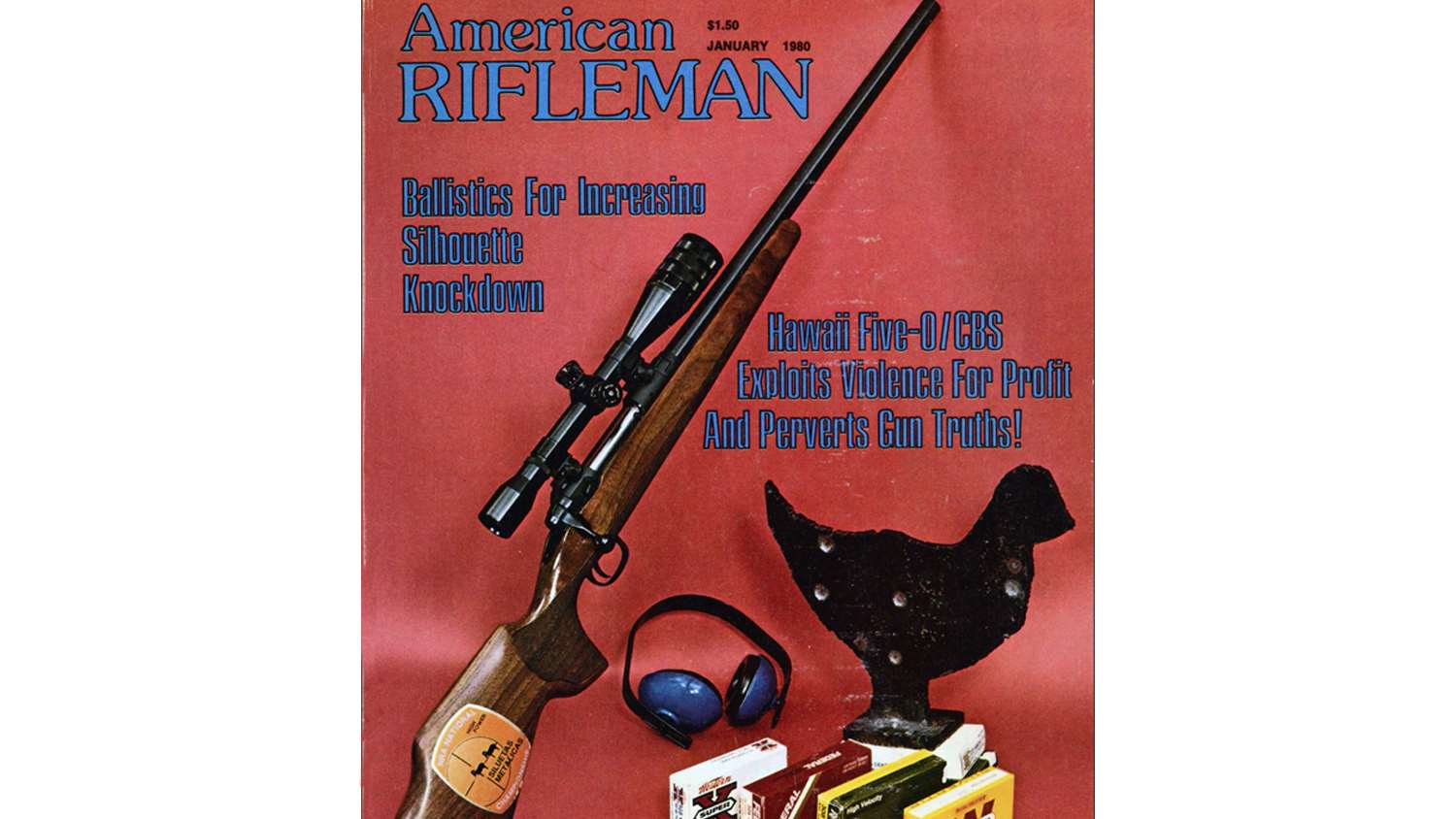
This was a unique NRA-approved competition that was much tougher than the standard match. It was geared towards pure marksmanship. With merchandise prizes actually totaling over $14,000 (1985 dollars) donated by the gun industry, including rifles from friend Bill Ruger. Also, there were special enameled attendance pins and large custom medallions by Blackington. I suspect anyone winning one of these will keep it forever.
This match, and the one held the following year, were among the highest paid smallbore rifle silhouette matches ever held. In fact, each competitor got a gift bag of merchandise items totaling over $100—which easily offset the two-day entry fee. These matches were known as the High Country Nationals and the first was held just outside of Denver. A second, equally prize-packed match was held the next year at Raton immediately after NRA Nationals. Both matches were completely non-profit by design.
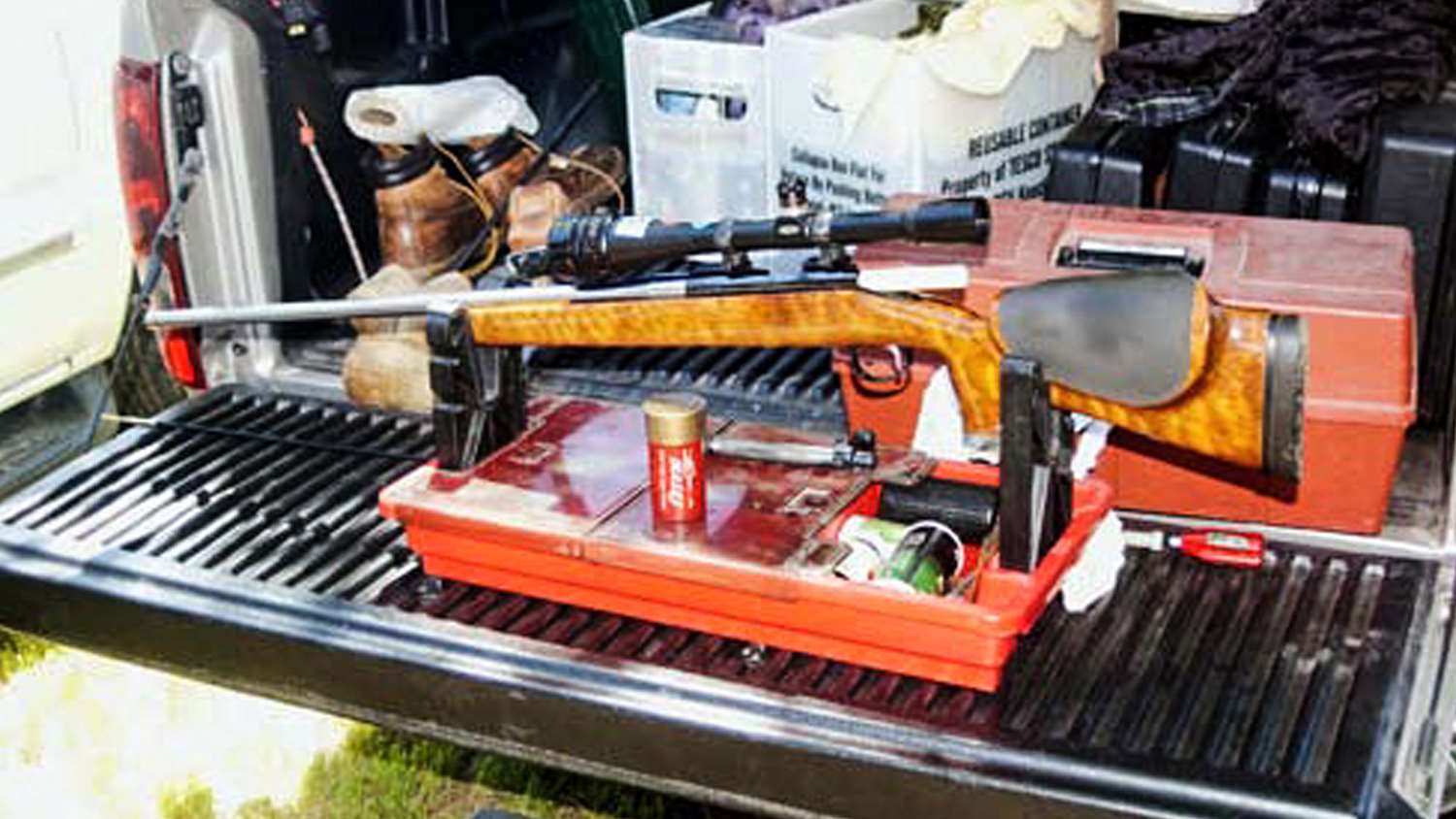
The most fun I ever had shooting smallbore silhouette was our local Trace Banditos matches. I have no idea where this match came from or who invented it, but it’s terrific fun! Three-person teams would fire on a banks of five targets. Behind each team was a person with a stopwatch. When the fire command was given, time started and as soon as the last animal was hit the time stopped. Total lowest team time for the half course of 20 targets was the winner, second, third, etc.
The teams were balanced by numerical count to make things fair. For example, a B class shooter was 1 point, an A class 2 points, AA class 3, AAA class 4 and Master class 5 points. Then the teams were adjusted numerically as fairly as possible to achieve the same total numerical/skill balance for each team on that particular day. For example a Master coupled with two Bs would total 7, and might have to shoot against two As and a AA for a total of 7. We worked to get things really close for the average point level. Entry was $2 with the first, second and third place teams proportionally getting all the cash pool winnings.
Equipment Race
During the late 1980s the rules were changing so much and so often (each year) it was tough and actually expensive to stay at the top of this sport. It was as if a new open class rifle had to be built every year to be competitive. Eventually, in the 1990s it was decided that the rules would be reviewed every two years, instead of annually.
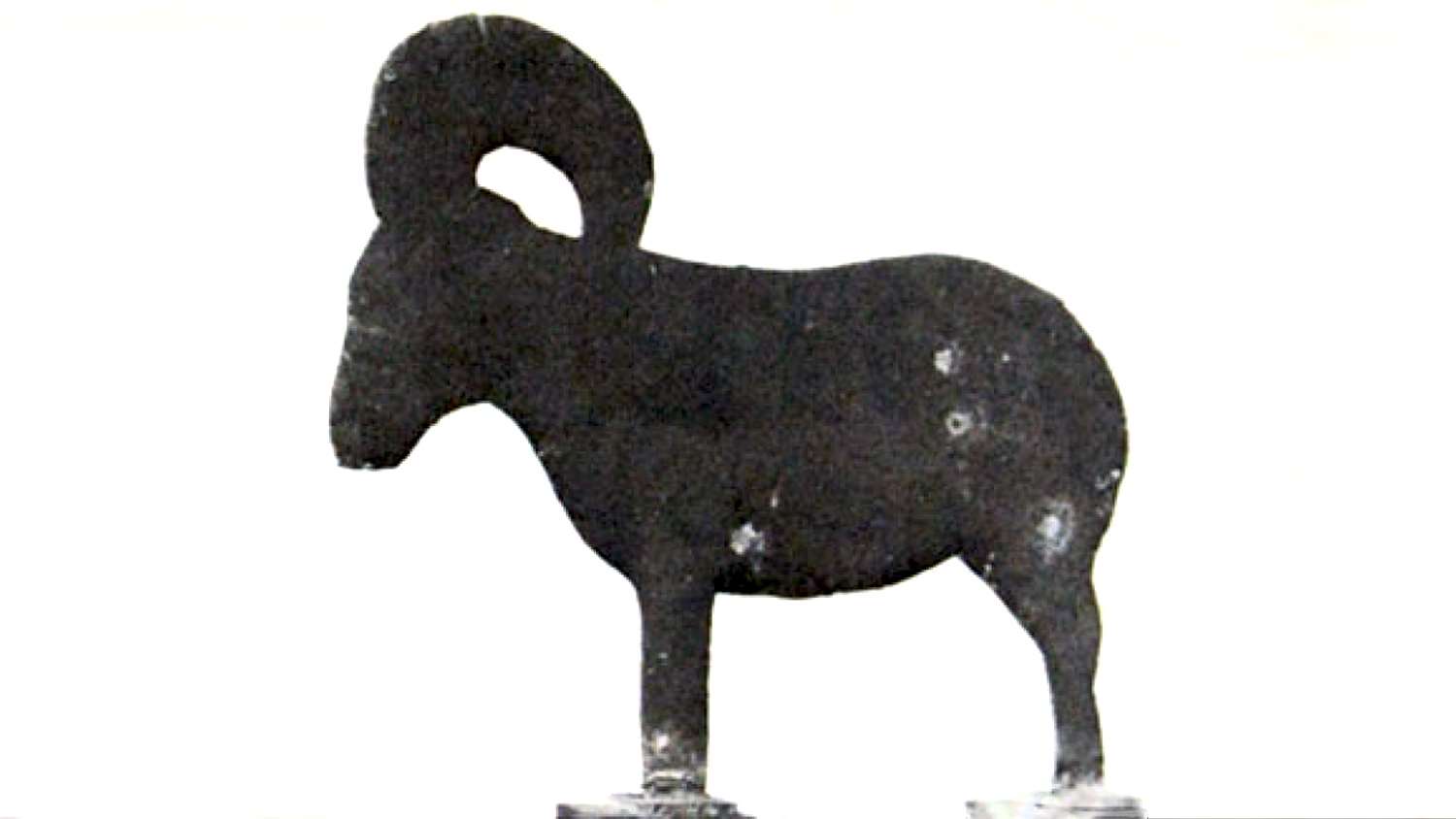
Let me get a little political here. The equipment race is part of the reason why smallbore and high power rifle silhouette participation has shrunk to a fraction of the heights it reached in the 1970s and 1980s. In the 1980s, the Nationals had to be cut off at 250 competitors. In 1987, I held a mere state championship in Colorado where 85 competitors came from seven states—you may never see that again. Also, back then in Colorado we would have 50 show up for a regular high power match. Nowadays, it’s hard to get even 20 for a state high power championship.
It can be argued that cowboy silhouette and black powder silhouette have robbed many contestants away, or at least kept them from trying conventional silhouette—especially the more difficult high power rifle silhouette. Why were they leaving conventional silhouette? Many will tell you it was due to the high cost of playing the game, while black powder and cowboy have retained most of the original rules, keeping them less expensive—though the points buyers keep trying.
Fun Anecdotes
In 1980, I was coming off the National Match Course competition and discovered the easier sport of rifle silhouette. A good friend of mine, Gale McMillan, showed me his then-secret way of making fiberglass stocks. In 1984, he built one for my open class high power silhouette rifle. Gale epoxied some very coarse sand on the palm grip. I went to NRA Nationals and shot poorly on the first 10 animals, so I requested permission to stay on the line and dry fire. And, dry fire a bunch I did. After about 150 dry fire shots my trigger hand palm was bleeding from the abrasive stock.
In checking with the match officials, after a long period of time elapsed, it was decided a bandage was not artificial support.
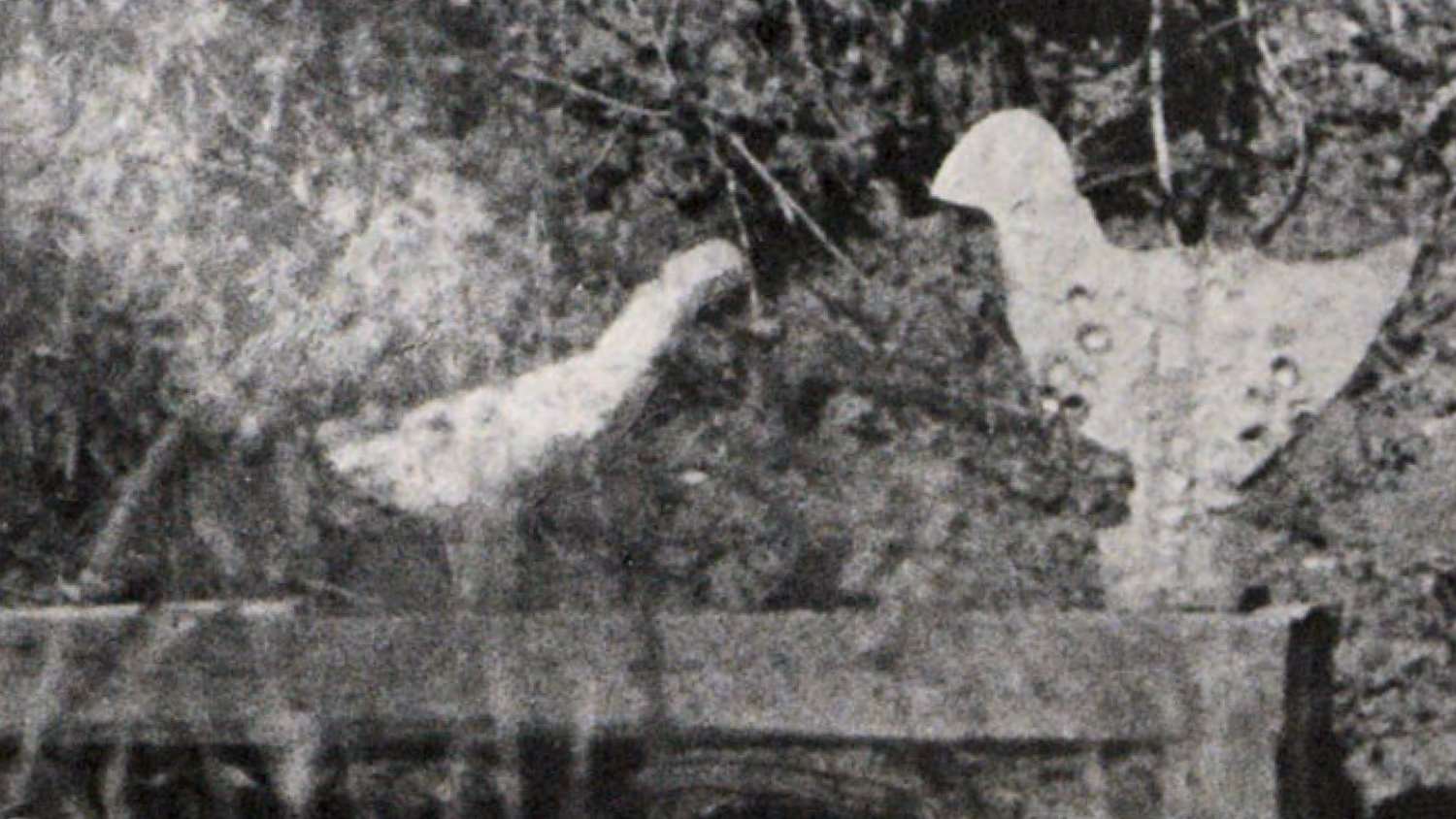
In 1980, I remember someone going to the match director at Nationals and asking if he could put a thin dishrag (I actually saw it) folded over on his now bruised (.308 Win. recoil) shoulder. After conferring with other shooters for several minutes, the match director allowed it—“… this one time!” Rules were tough and the artificial support thing was seriously enforced.
The late 1970s and into the 1980s were the wild days of silhouette rifle. One habit I formed was to never leave my rifles in the range rifle racks. I always took my guns to my gun box where they were safer—especially if I was winning. A person going to the line might find that their rifle’s scope wind or elevation knobs were somehow accidentally bumped. Or, a bit of gun oil might get accidentally dripped in to a scope’s rack-side up objective lens.
The wildest story comes from William “Bill” Zander (always a threat then and now for top shooter position). A few years ago, Bill told me of going to the line at the Arizona High Power Nationals in the mid-1980s. He then realized that his complete firing pin and striker assembly had been magically removed from his Model 700 bolt!
At another Nationals in Arizona in the 1980s, I watched a lady get protested for artificial support for resting the rifle on, ahem, her rather large front. The jury ended up overturning the protest (without the lady having to prove any artificial support was used). However, the rules were changed the following year, stating that all competitors, male or female, could not rest the rifle on ones chest (NRA Rule 5.8).
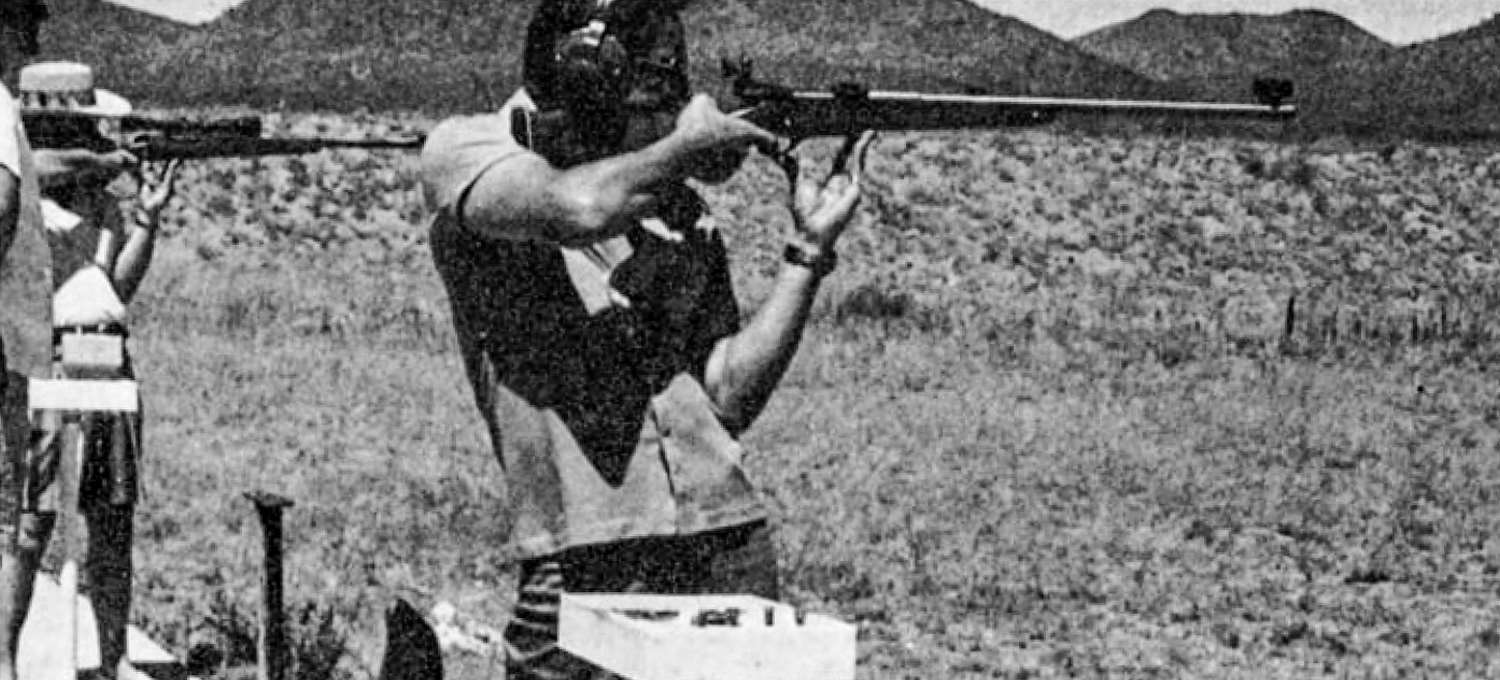
Earl Hines of New Mexico was a stiff smallbore and bullseye shooter, as well as a seriously tough silhouette shooter. One year, Earl developed a way to hold a .22 LR rifle steady by putting the support hand under the stock’s palm area and just below the trigger hand. No one cared until he won the Smallbore Nationals that year. The next year a new rule was written to say one hand must be on the forend of the stock. I personally call this the Earl Hines rule (NRA Rule 5.8).
Earl, as was Conard Bernhard, was a pioneering advocate of the most powerful scope you could manage on a rifle. Earl told me, “the idea is not to aim at the whole animal but a small place inside the animal so if you miss that place, you still hit the animal (aim small, miss small) and a powerful scope allowed this type of precise aiming more efficiently.” And, he was right!
My mid-1980s rifles were topped with variable power Leupolds that were boosted to add extra magnification. Mine were boosted to operate between 16x to 48x and they worked pretty well for me. Needless to say, you had to be steady or have good timing for shot release on high magnification. If the wind came up it was zoom back time to 16x.
One year at the smallbore nationals in Ridgway, PA, the smallbore targets were set up while the masters and a few AAA level shooters were on the line. Seeing what the target setters did, those of us on the line began to drool—but we remained quiet. Within no time, after the command to fire was announced for the two 5-shot strings, nearly every single animal was shot off the rails across the entire range. How could that happen?
The targets were cast steel, not welded flat steel. So on one side there was a small casting sprue mark in the center of the silhouette while on the shoot here side it was smooth. When you put a bunch of decent shooters on the line with powerful scopes, in calm weather and give them a center of mass actual aiming point (the sprue) they will do their thing and even a close miss of the aiming point is going to hit! The target setters were reminded after that, the targets were to be faced to the right with the sprue mark on the back no shoot side.
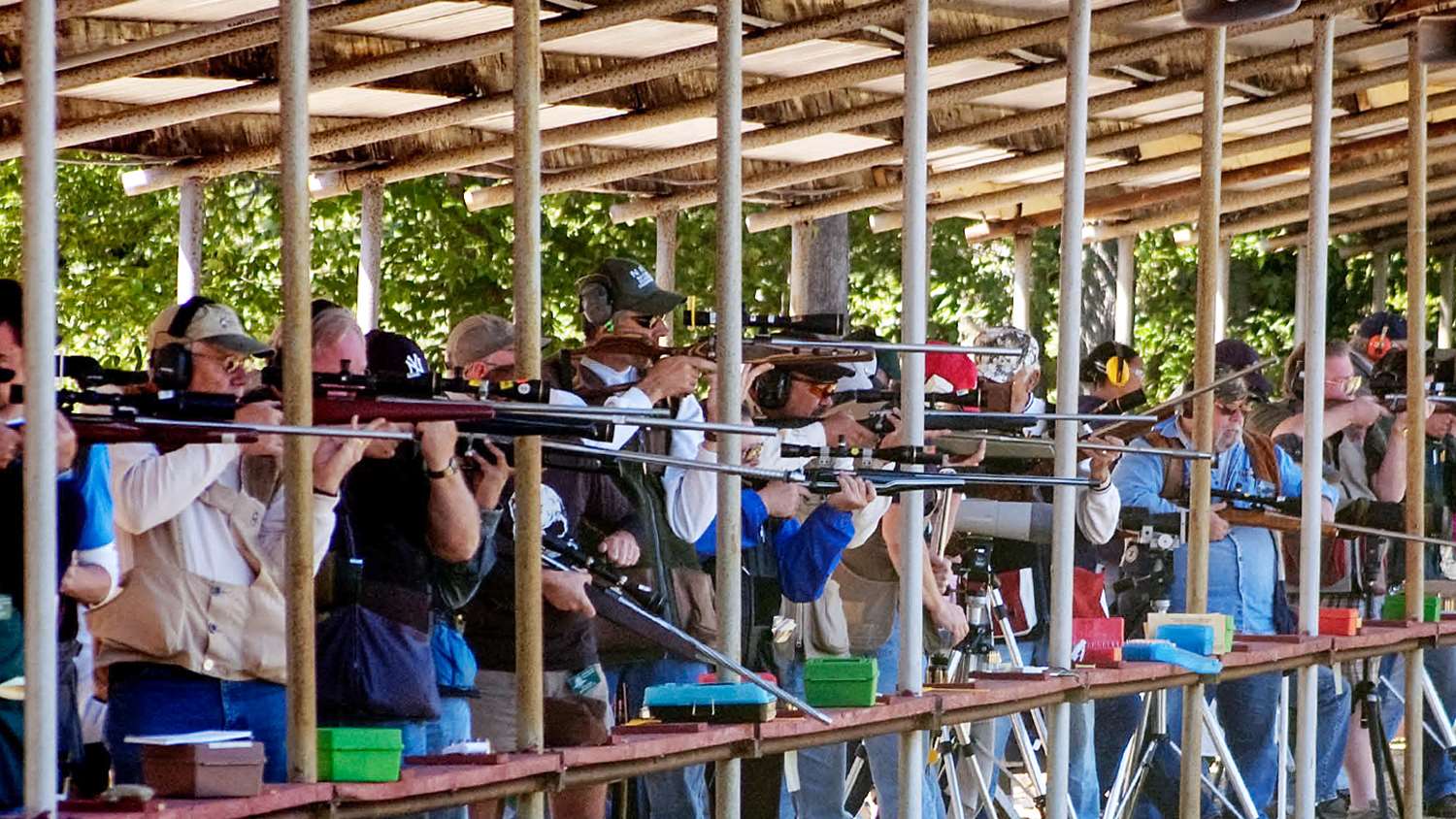
In 1986 at the High Power Nationals in Arizona, out of the woodwork came a young lady named Margaret Eberhardt. She showed up with of all things a standard Remington .308 Win. factory wood stocked, glass bedded Model 700 hunting rifle and a decent but legal trigger job to take on the best open class rifles. We all laughed and said, “What chance did she have?”
Apparently, a pretty good “chance.” She won Open Class at Nationals that year! There were a bunch of us humbled by that performance—though I have to admit, I thought it was really neat! So much for the so called High Woman award (which she also won of course). I thought then (and still do) that this award should be eliminated.
My silhouette shooting career came to an end in 1990 when I moved to an area far from any competition. Now it’s someone else’s turn to track current events and someday maybe write about it when they, like me, have way too much time on their hands.














